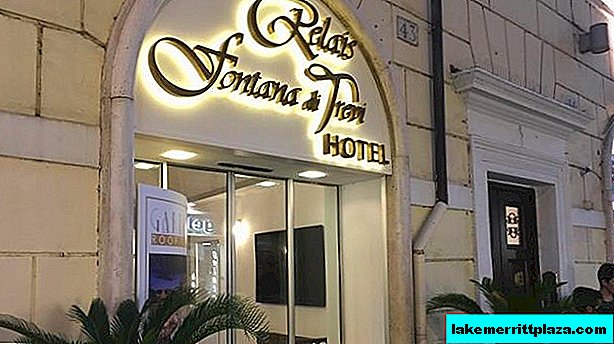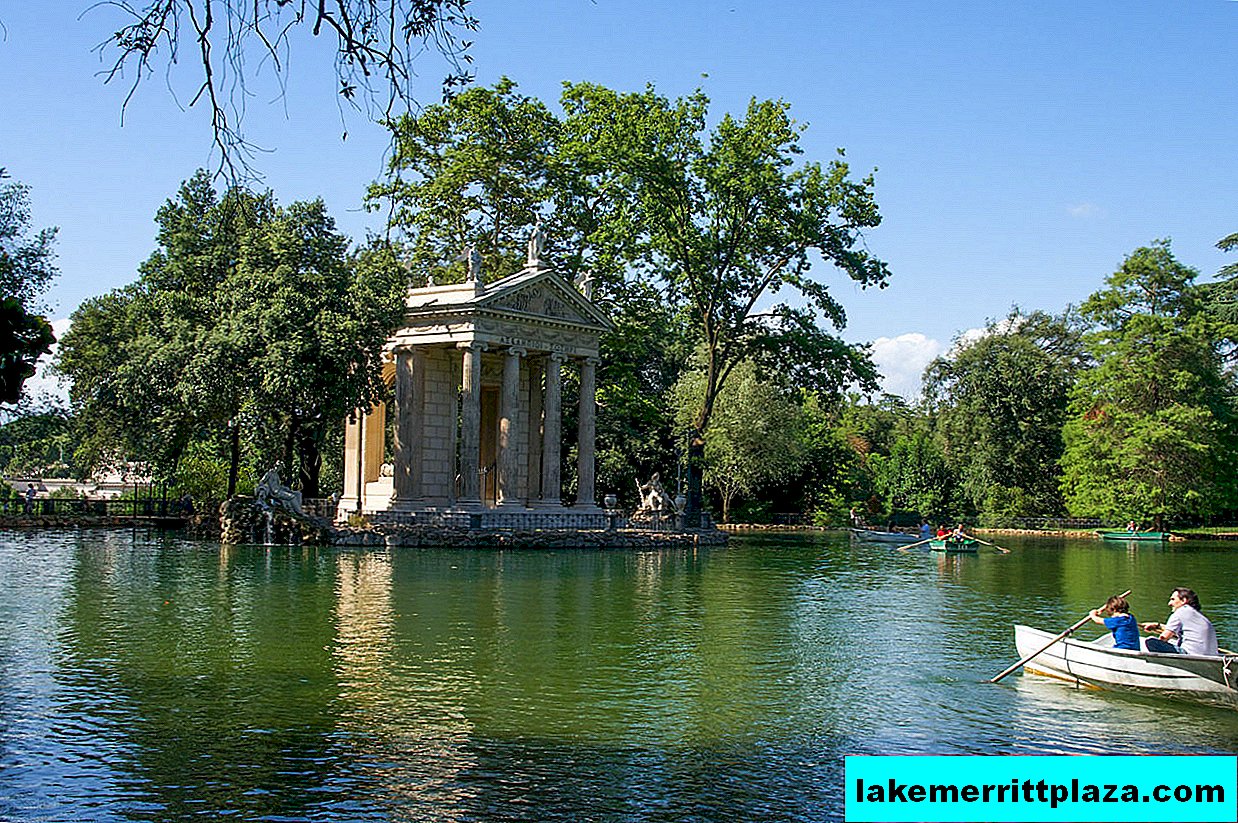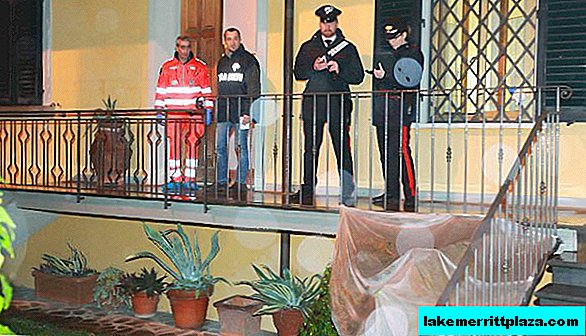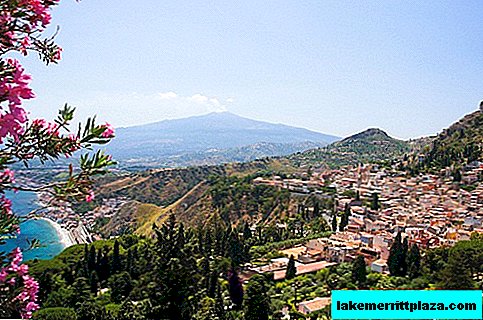The city of Levanto (Levanto) is not among the cities of the Cinque Terre National Park of Italy (Cinque Terre), but, despite this, is popular among tourists. It is a year-round resort on the Ligurian coast; in summer there are plenty of beach lovers here, in the cold season, when the beach season closes, city guests enjoy historical sites. However, the latter, unlike the beaches, are available in any season.
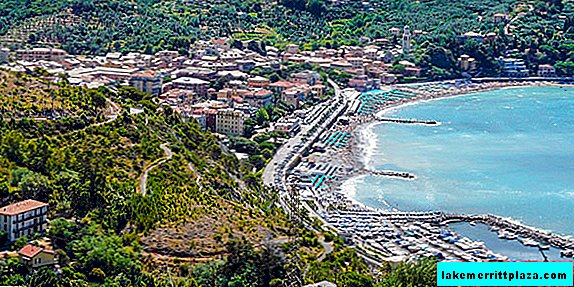
Story
The first name of the city is Zeula (Cheula, Ceula), the first time it is found in documentary chronicles of the XI century. In 1211, the city became part of the Republic of Genoa, but only 46 years later, in 1247, it gained independence and began to develop rapidly - mainly due to maritime trade, which was the main occupation of the inhabitants. This situation continued until 1797. Subsequently, the city received its modern name, which literally means "eastern" and characterizes its location relative to Genoa.
As a popular resort on the Ligurian coast, Levanto began to develop only in the 70s of the twentieth century. To date, the city has a well-developed tourist infrastructure - numerous entertainment, excursions, restaurants, cafes, hotels of different comfort classes, etc.
How to get there

Levanto is located 60 kilometers from Genoa - the capital of the Liguria region and 20 kilometers from the city of La Spezia - the main city of the province of the same name. If you prefer to travel by plane, the nearest airports to Levanto are in Genoa - Aeroporto di Genova-Cristoforo Colombo and Pisa - Aeroporto Internazionale Galileo Galilei.
From all of these cities, you can get directly to your destination by train. Between La Spezia and Genoa, trains run at least once an hour, passing through Levanto.
The nearby cities of the Cinque Terre National Park - Monterosso, Vernazza, Corniglia, Riomaggiore, Manarola, as well as the city of Portovenere can also be reached by train, or even better, take a short boat trip on the sea. The water offers stunning views of the tiny colorful coastal towns and their surroundings.
Sights
Since the history of the city has nearly a thousand years, a lot of ancient sights have been preserved in it. Among them - palaces, religious buildings, the remains of castles and fortifications.
Church of the Annunciation (Chiesa dell'Annunziata)

The Church of the Annunciation was built by monks from the Order of St. Francis in the middle of the 15th century. In addition to the fact that this church is a beautiful monument of medieval Christian architecture, it houses two magnificent paintings by Pierre Francesco Sacchi, The Miracle of St. George and the Miracle of St. Diego.
Church of Santa Maria della Costa (Chiesa di Santa Maria della Costa)

The Church of Santa Maria della Costa is the oldest surviving building in the city. It was built in the 13th century. The facade of the church is decorated with a marble bas-relief depicting St. George the Victorious piercing the dragon with a spear.
Loggia Komunale

Monastery of the Order of St. Clara

The building, which previously housed the convent of the Order of St. Clara (Monastero delle Clarisse), is located in Piazza Cavour. Now it housed some municipal organizations, including a public library and town hall, but it still remains a beautiful architectural monument.
Festivals and Holidays
Festival of St. Jacob (Festa di San Giacomo)

The festival of St. James, or the feast of the sea (La Festa del Mare), takes place every year on July 25. It is dedicated to the apostle James, the patron saint of all who are in any way connected with the sea: merchants, sailors, fishermen. During the festival you can see colorful costume parades, performances, a procession to the sea, at the head of which are the statue of the apostle. The holiday ends with fireworks and the launch of 10 thousand floating lanterns into the sea.
Culinary feast "Mangialonga"
The culinary procession "Mangialonga" takes place annually in May. Participants of the festival walk about 7 kilometers and get acquainted with traditional dishes of Ligurian cuisine - rice cake, chestnut pancakes, potato and octopus salad and many others. The procession can be attended by no more than 1000 people, so you need to register in advance. You can do this at the information center Centro informazioni Occhioblu, where you can also pay for participation: for adults 25 euros, for children 6-12 years old - 13 euros. In 2015, the celebration is scheduled for August 25.
Hotels
In Levanto, about 150 hotels and guest houses of varying degrees of comfort and, accordingly, the cost of living. At the height of the season, the most comfortable rooms are usually already occupied, so it is better to book them in advance, at the planning stage of the trip.
Guest house Il Veliero
Il Veliero is located in the central part of the city. It is only 5 minutes away from the beach by a leisurely walk. The rooms have comfortable and beautiful furniture, bathrooms with all accessories, everything you need for making tea or coffee, as well as all kinds of sweets. The guest house has a small but very beautiful garden and its own diving center, where everyone will be taught scuba diving skills and organize sea diving. Accommodation in a double room is about 80 euros per night.
Agriturismo Agriturismo Villanova

Agriturismo Villanova is an 18th-century farmhouse converted into a guest house. All rooms are furnished in an old style, some of them have air conditioning. For breakfast, only natural, environmentally friendly products are served here - locally produced cheese, fresh fruits, cold cuts. One night in a double room of the farmstead will cost about 150 euros.
Hotel Park Argento

Hotel Park Argento is an example of a luxurious place to relax, where guests are surrounded by care and attentiveness, they will offer them everything you could wish for: bright, comfortable rooms, free internet access, satellite TV, a bar with a wide selection of drinks and a restaurant with a terrace in which serves traditional Ligurian dishes. The hotel also has a free wellness center, sauna, and car parking. The beach is a 10-minute walk away. The cost of a double room ranges from 260 to 270 euros per night.


